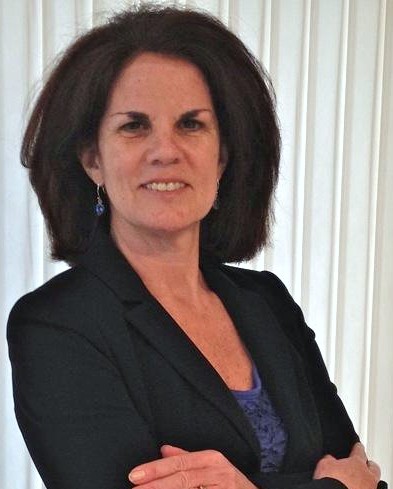 The journey for pediatric patients with multiple co-morbidities can be complex, with some patients receiving care from 20+ providers. Jan Yeager, Service Designer, UCSF shared experiences co-designing a Chronic Illness Center with patients, caregivers, UCSF physicians and clinicians, and community providers at MadPow’s 2021 Health Experience Design Conference.
The journey for pediatric patients with multiple co-morbidities can be complex, with some patients receiving care from 20+ providers. Jan Yeager, Service Designer, UCSF shared experiences co-designing a Chronic Illness Center with patients, caregivers, UCSF physicians and clinicians, and community providers at MadPow’s 2021 Health Experience Design Conference.
5 Questions in 5 mins, Interview by Sherri Dorfman, MBA, CEO Stepping Stone Partners
Q1. What are your stakeholder groups and how are they engaged in UCSF’s Pediatric Care Service Design process?
A1. Because this is a complex undertaking, we wanted to make sure that we integrated all of the key perspectives in our design process. We have a core team including myself, three providers and a program manager and then three formal workgroups. Two of the groups work fairly independently and are focused on two important facets of wellness, mental health and transition to adult care. The latter is critical to ensure the care ecosystem on the pediatric side can be replicated on the adult side. Our main working group “Clinical Care Delivery & Design Group” includes nurses, NPs, social workers, parents and young adult patients. We meet monthly to review our work in progress and collectively work through issues. We are also lucky to have access to the volunteer-based UCSF Youth Advisory Council and the Family Advisory Council which we tap into for input on aspects of our work.
Q2. What has been your biggest challenge working with these different stakeholder groups?
A2. It’s less of a challenge and more of a learning how to bridge different styles of communicating and working in the context of the design process. Physicians are excellent verbal communicators for example, while designers tend to communicate visually. Designers have a ‘try it out’ mindset, which can be uncomfortable in a risk averse environment. Not every tool we have introduced has been embraced, so that has been a learning too, finding the right way to situate a tool into the work.
Q3. How have you addressed this challenge, working together on defining a better pediatric patient experience?
A3. It’s mainly been through putting the tools into practice. For example, continually translating the dialog into visual models so that everyone can collectively view, reflect and discuss has helped shape the work. It’s becoming a familiar way to both communicate and work.
Q4. As you reflect on this Service Design process over the past year, what has been the most surprising?
A4. According to our initial plan introduced over a year ago, we would have been much further along in the design process. But we are essentially still in the discovery phase looping back continuously as we uncover a need for more data or to include a perspective we overlooked. This may be because of the complexity of the patient population we are designing for and as well as the need to collaborate with a large number of stakeholders as we weave all the pieces together.
Q5 Based on what you know now, what would you have done differently to guide this project?
A5. We would have started with a more formal orientation to Human Centered Design methods and tools. Some team members came into lead roles a few months into the project and we missed an opportunity to better align our roles and process. It’s been a continuous learning experience but we are beginning to see the foundation laid from the past year’s efforts.
UCSF’s Pediatric Care Service Design process benefited from input and guidance provided by patient -centric and patient representative stakeholders, creating a holistic and better care experience.
 Permalink
Permalink  April 27, 2021
April 27, 2021  The journey for pediatric patients with multiple co-morbidities can be complex, with some patients receiving care from 20+ providers. Jan Yeager, Service Designer, UCSF shared experiences co-designing a Chronic Illness Center with patients, caregivers, UCSF physicians and clinicians, and community providers at MadPow’s 2021 Health Experience Design Conference.
The journey for pediatric patients with multiple co-morbidities can be complex, with some patients receiving care from 20+ providers. Jan Yeager, Service Designer, UCSF shared experiences co-designing a Chronic Illness Center with patients, caregivers, UCSF physicians and clinicians, and community providers at MadPow’s 2021 Health Experience Design Conference.

